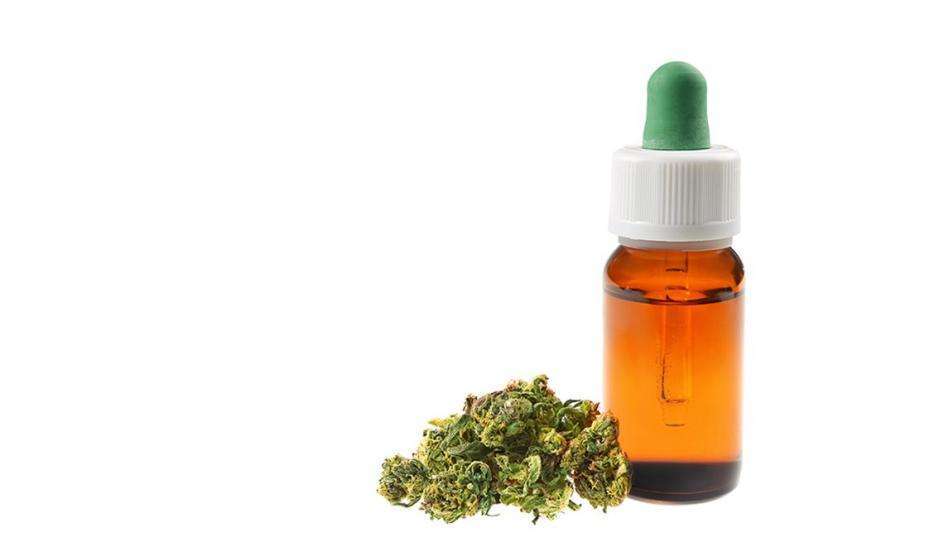Description
CBD, which comes in a wide variety of forms including salves, edibles and oils, does not produce the high typically associated with marijuana. But CBD seems to help people deal with pain, inflammation and even seizures, although even medical researchers and professionals aren’t sure why it works, how it works or even how much to use for what ailments.
Her husband passed away three years ago, but Giacobbe, who lives in Bodega Bay, Calif., now uses topical CBD for her arthritis, which has the potential to severely hinder her work as an aesthetician because she uses her hands every day. She can use the CBD ointment during the day because it causes no side effects and has no smell. At night, she says, “I put the salve on my hands and put on cotton gloves. Within an hour, I’m a happy person and can do a full 35-hour workweek.”
Giacobbe is just one of many older adults who now use CBD as a treatment — both with and without a prescription — for mental and physical health issues. As of March 2018, in Colorado, one of nine states in which marijuana is legal for recreational use (the others being Alaska, California, Maine, Massachusetts, Nevada, Oregon and Washington, as well as the District of Columbia), people 50 and older now make up more than 36 percent of patients on the medical marijuana registry.
“We see really great interest amongst seniors,” says Martin Lee, director of the Northern California nonprofit Project CBD, which promotes the use of the compound as a natural alternative to traditional forms of drug therapy.
Mikhail Kogan, M.D., medical director of the George Washington University Center for Integrative Medicine, has prescribed CBD for his patients since the compound was legalized for medical use in the District of Columbia in 2011. Kogan says cannabinoids are “safer than Tylenol or caffeine by tenfold. If you compare them to opiates, they’re about 10,000 times safer.” He recommends placing a few drops of the oil under the tongue.
All cannabis is illegal on the federal level. But cannabis-based CBD products with THC are widely available in states where it is legal. These products have varying ratios of CBD to THC, and because there are no official medical guidelines on dosage, patients are left to determine for themselves how much to take or how to modify their ratio. “You have to find the point at which you’re comfortable, hopefully, and that will include as much THC as works per person,” Lee says. “Some people do better at higher doses of CBD. Some people can tolerate higher doses of THC.”
For those in states where it is not legal, however, the CBD available is derived from industrial hemp, which is cannabis with a negligible amount of THC. This makes it impossible to modify the ratio as there is no THC present, which means there are fewer products to choose from. And since there is no FDA approval of these products, it can be hard to trust that what you’re buying actually is what’s advertised.
CBD’s cost is not uniform either. Depending on the dosage, strain and dispensary, it can cost from $100 to $1,000 a month. In California, for example, there is a 15 percent excise tax, plus an additional cultivation tax, which means a $50 bottle of CBD oil can cost about $65. You also have to pay for it out of pocket; private health insurance and Medicare don’t cover CBD due to the federal illegality of cannabis

Reviews
There are no reviews yet.